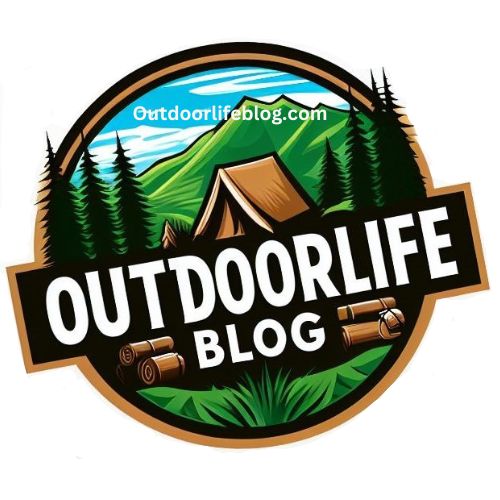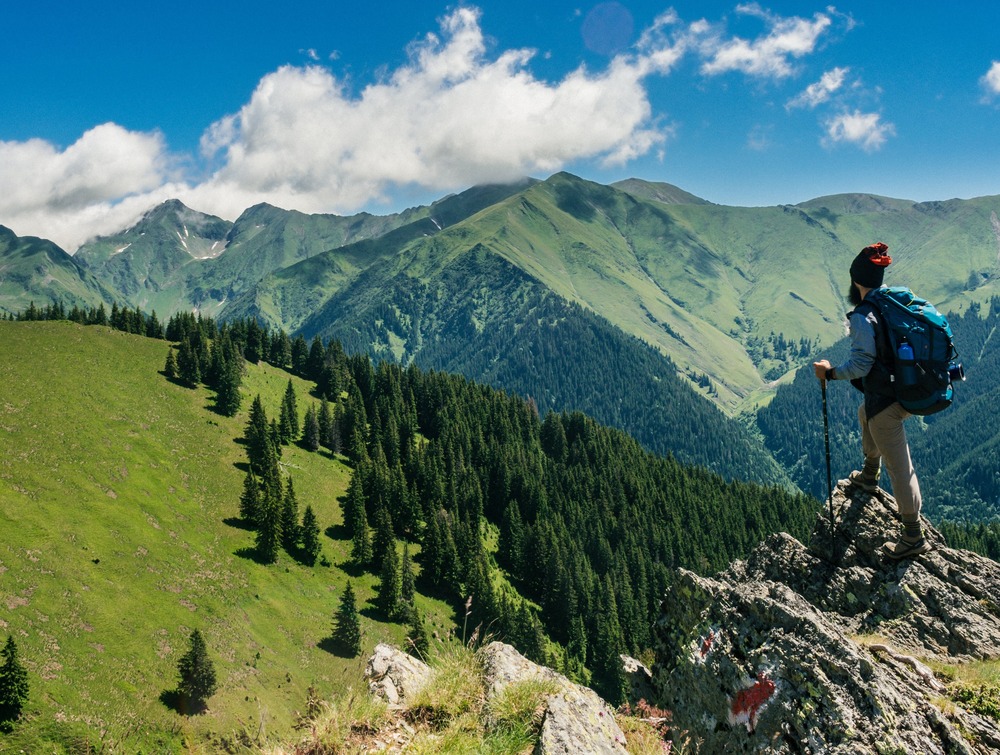When it comes to embarking on a cold-weather camping adventure, few things are as crucial to your comfort and safety as a high-quality sleeping bag. The right sleeping bag can mean the difference between a cosy night’s sleep and a shivering struggle.
But with the plethora of options available on the market, how do you know which one is the best fit for your needs? In this guide, we’ll break down everything you need to consider when choosing the right sleeping bag for cold-weather camping. Let`s get started.
Cold-weather camping can be an exhilarating experience, but it also presents unique challenges. One of the most important decisions you’ll make is selecting the right sleeping bag that will keep you warm and comfortable throughout the night. With varying temperature ratings, types of insulation, and designs available, making the right choice requires careful consideration.
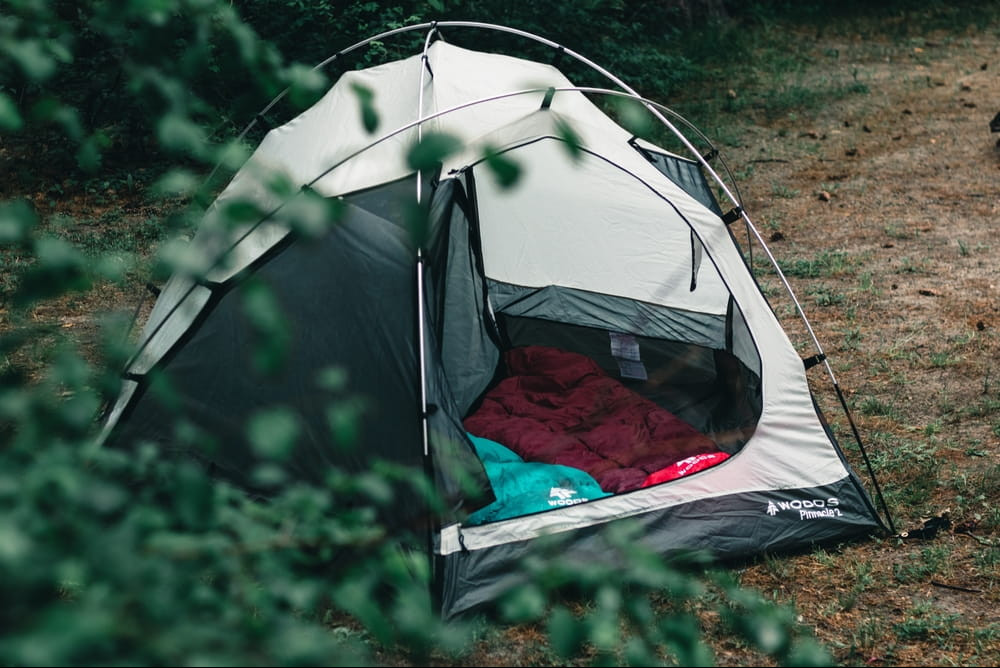
Types of Insulation
Sleeping bags are insulated with either down or synthetic materials. Down is known for its exceptional warmth-to-weight ratio but loses insulation capability when wet.
Synthetic insulation, on the other hand, retains warmth even when damp, making it suitable for wetter conditions. Consider the trade-offs between warmth, weight, and moisture resistance when choosing your insulation type.
Mummy vs. Rectangular Bags
Mummy bags are tapered to fit the body, minimizing the space your body has to heat. Rectangular bags offer more room for movement but can result in cold pockets of air. Your choice depends on whether you prioritize warmth or space and comfort.
Consider the Weight and Packability
For backpackers, weight and packability are paramount. Ultra-light bags are compact and easy to carry but might sacrifice some warmth. If weight is not a major concern, a slightly heavier bag could provide more insulation.
Water-resistant or Waterproof?
While water-resistant materials can fend off condensation and light moisture, waterproofing may be excessive for a sleeping bag. A waterproof bag can trap sweat and condensation, leaving you damp and cold.
Additional Features to Look For
Features like draft collars, insulated hoods, stash pockets, and two-way zippers can enhance your sleeping bag’s performance. These elements contribute to heat retention, comfort, and convenience.
Choosing the Right Size
Select a sleeping bag that fits your body comfortably without excessive room. Extra space means more air to heat, reducing overall warmth. Conversely, a too-tight fit can compress the insulation, reducing its effectiveness.
Sleeping Bag Liners for Added Warmth
Sleeping bag liners can add extra warmth and help keep your bag clean. They come in various materials and designs, so choose one that aligns with your comfort and warmth needs.
Maintaining and Storing Your Sleeping Bag
Proper care can extend your sleeping bag’s lifespan. After each trip, hang it out to air and fluff it up. Store it in a loose storage sack to maintain its loft.

Comparing Top Brands
Research popular sleeping bag brands known for their quality and durability. Look for customer reviews and expert opinions to help you make an informed decision. Below are a few of the top brands out there.
The North Face
The North Face is a well-respected outdoor brand known for its durable and insulated sleeping bags suitable for various weather conditions.
Marmot
Marmot offers a range of sleeping bags designed for camping and outdoor adventures, known for their warmth and durability.
REI Co-op
REI Co-op produces a variety of sleeping bags designed for different activities, from backpacking to car camping.
Mountain Hardwear
Mountain Hardwear is known for its innovative designs and high-performance sleeping bags, particularly for cold-weather camping.
Big Agnes
Big Agnes is recognized for its lightweight and compact sleeping bags, often favoured by backpackers and thru-hikers.
Western Mountaineering
Western Mountaineering is known for its premium down sleeping bags, prized for their warmth-to-weight ratio.
Kelty
Kelty offers a wide range of sleeping bags suitable for various budgets and outdoor adventures.
Columbia
Columbia, a well-known outdoor brand, produces sleeping bags suitable for camping and other outdoor activities.
Sierra Designs
Sierra Designs creates sleeping bags known for their innovative features and performance in various conditions.
Coleman
Coleman is a popular brand for budget-friendly sleeping bags, making them accessible to a wide range of outdoor enthusiasts.
Remember that the best sleeping bag for you depends on your specific needs, including the type of camping or outdoor activity, climate, and personal preferences for warmth and comfort.
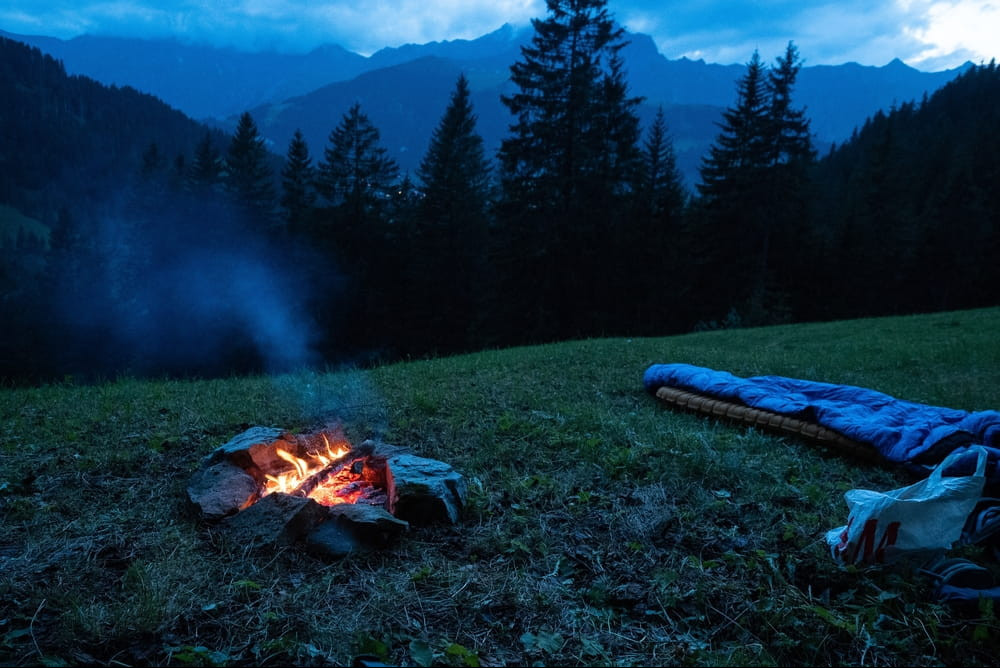
Cost Considerations
Quality sleeping bags come at different price points. Balance your budget with the features and performance you require. Remember that a good sleeping bag is an investment in your camping comfort and safety.
Personalizing Your Sleeping Experience
Everyone’s comfort level will be different. Experiment with clothing layers and sleep accessories to find what works best for you. A hat, warm socks, and base layers can all contribute to a cosy night’s sleep.
Understanding The Temperature Ratings
Temperature ratings can be somewhat subjective, as individual comfort levels vary. Factors like metabolism, clothing, and sleeping pad insulation also influence how warm you’ll feel in a sleeping bag.
It’s generally advisable to choose a sleeping bag rated for temperatures lower than what you expect to encounter. This ensures you stay warm and comfortable even if the weather gets colder than anticipated.
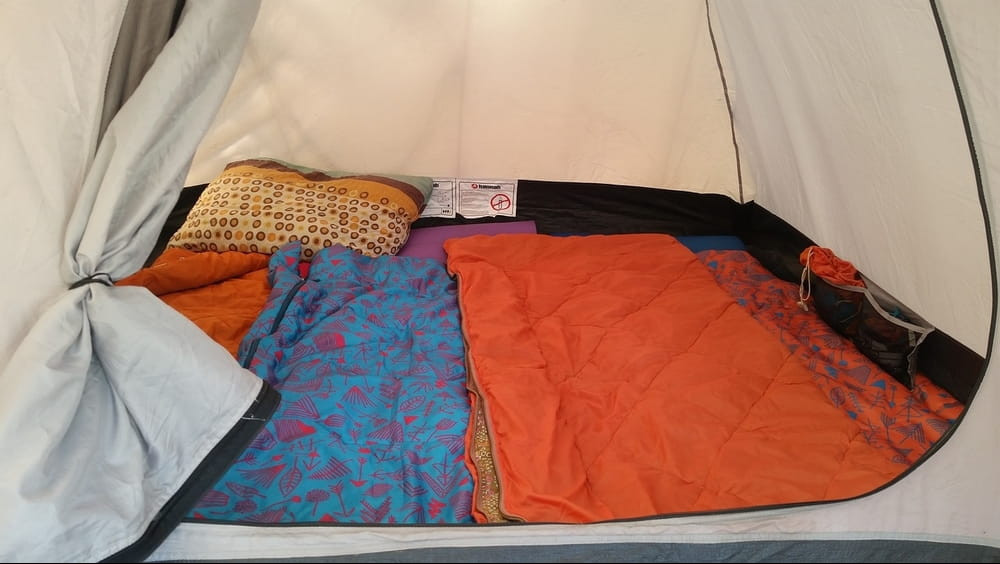
Weather Conditions and Sleeping Bag Selection
Summer (Above 40°F/4°C)
For warm-weather camping, choose a sleeping bag with a comfort rating slightly lower than the expected night-time temperature. A lightweight, warm-weather bag will suffice.
Three-Season (20°F to 40°F / -7°C to 4°C)
These bags are suitable for spring, summer, and fall camping. Look for a bag with a comfort rating around your expected lowest temperature. A good balance of warmth and weight is essential.
Winter (Below 20°F / -7°C)
For cold winter conditions, select a bag with a lower limit rating that’s well below the expected temperatures. You may also consider a down-filled bag, which tends to provide better insulation in extreme cold.
Additional Tips
Consider the insulation type
Down insulation offers an excellent warmth-to-weight ratio but loses insulation when wet. Synthetic insulation is more water-resistant but is heavier.
Take a look at my Duck-down and Goose-down sleeping bag post
Pay attention to bag shape
Mummy-shaped bags are more thermally efficient and retain heat better than rectangular bags.
Use a sleeping pad
The insulation beneath your body can be compressed and lose warmth when sleeping on the ground. A good sleeping pad with a high R-value can help insulate you from the cold ground.
Take a look at my air mattress post
Layer your clothing
Wearing thermal layers can enhance the sleeping bag’s performance.
Personal Preferences
Ultimately, your choice may also depend on personal preferences. Some campers prefer roomy sleeping bags for more freedom of movement, while others prioritize lightweight and compact options for backpacking.
Remember that a good sleeping bag is an investment in your comfort and safety during outdoor adventures. So it’s essential to consider the expected weather conditions and your own comfort preferences when choosing the right sleeping bag temperature rating.
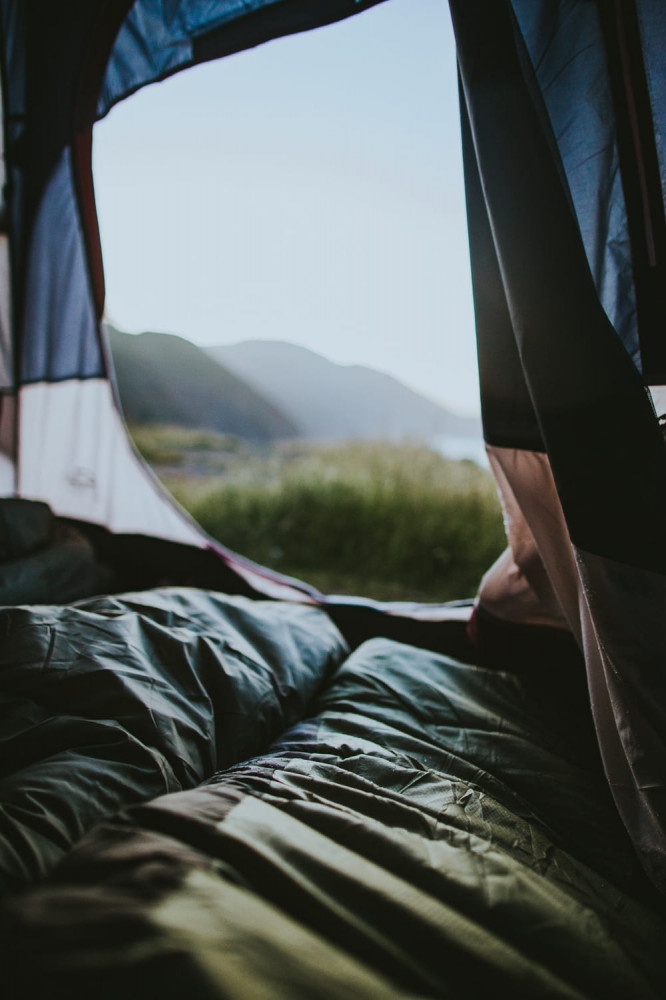
FAQs (Frequently Asked Questions)
Can I use a summer sleeping bag for cold-weather camping?
No, summer bags lack the insulation needed for colder temperatures. It’s recommended to invest in a cold weather-specific sleeping bag.
Are there ways to stay warm without purchasing a new sleeping bag?
Yes, using liners, wearing appropriate clothing, and insulating the ground beneath your sleeping bag (air mattress) can help increase warmth.
How do I clean my sleeping bag?
Follow the manufacturer’s instructions. In most cases, spot cleaning is recommended. You can also use a front-loading washer without an agitator for larger cleaning.
Can two people share a sleeping bag for added warmth?
While it’s possible, it’s not ideal. Sharing a bag can create drafts and reduce insulation effectiveness. It’s better to invest in a double sleeping bag if needed.
What’s the importance of a sleeping bag’s loft?
Loft refers to the bag’s ability to trap air for insulation. So, higher loft generally means better warmth, but factors like the type of insulation also play a role.
Conclusion
Choosing the right sleeping bag for cold-weather camping is an essential decision that can greatly impact your camping experience. So, by considering temperature ratings, insulation types, design, and additional features, you can find a sleeping bag that keeps you warm, comfortable, and ready to tackle the great outdoors. Feel free to leave a comment if you have any questions.
